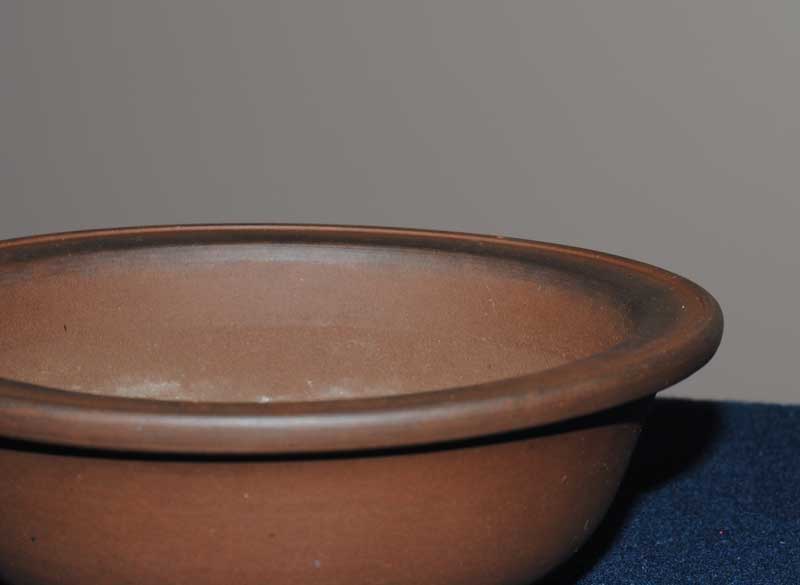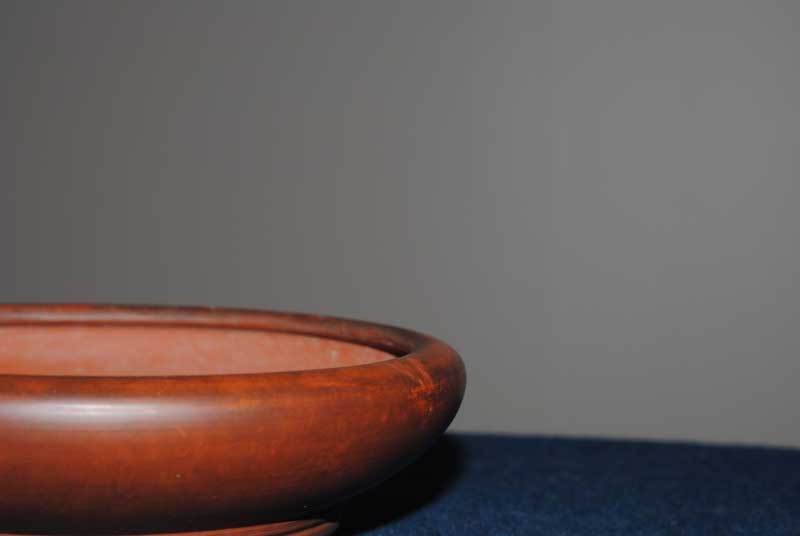Smoke
Ignore-Amus
Interesting... to me this is definitely strange. It contradicts what Peter Tea has taught and also what I have seen with my own eyes.
If you have a chance I would love to see some of your pots that have more patina on the inside than the outside.
Here are a couple of my unglazed pots that pretty clearly show how the patina buildup stops below the soil line inside the pot.


In this post, the pots are covered with what I call fertilizer runoff buildup. I can get that kind of look each year with the organic fertilizer I use.
Do you consider this desirable, since it is easily done in a short amount of time?









